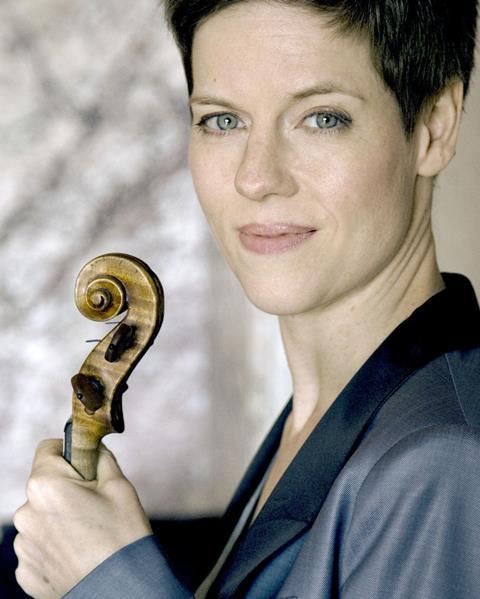The musician explains the challenges of interpreting the great master

During my studies, my teacher, Christoph Poppen, was very open-minded to period performance, and also aware of stylistic problems with Bach and the violin tradition we were growing up with – I’m thinking of the legendary recordings by Szeryng, Milstein or Grumiaux. We were used to those versions and not automatically pushed towards finding out about a more historically informed way of interpretation. Of course, this repertoire is in itself so difficult to master technically, in terms of trying to play the notes in tune and with acceptable sound quality – these aspects on their own keep any violinist busy for quite a while!
The historically informed aspect entered my working process in a more serious way only after my studies. I had always been intrigued, but it was only then that I really got to try out certain ways of playing. I was encouraged by colleagues around me, and also by having more and more contact with historically informed ensembles, as well as with wonderful fortepiano and harpsichord players, like Andreas Staier, whom I count among my strongest musical influences. Since my first time performing on gut strings, many years ago with Concerto Köln, I have been very keen on exploring this field more and more, and I’ve been enjoying it very much. I’m lucky enough to do quite a lot of gut-string and historical-instrument playing at the moment. And that, of course, has led me into searching for a completely different approach to Bach from what I’d learnt as a young player.
Bach's music is full of question marks for us – there are too many possible ways through it to choose from, and not nearly enough concrete, first-hand indications. We don't even know for sure why he wrote the Sonatas and Partitas. When I was planning to record those pieces, I felt that the best way to deal with the frightening aspect of making yet another recording of the possibly most difficult pieces in the violin repertoire was to find out as much information about the music I could get and therefore have at least the illusion of some kind of secure ground to stand on.
You have to be very detached and controlled when you present the almost 'universal' music of the Bach Sonatas and Partitas, but at the same time it has to be something that comes from the deepest part of your heart. I’ve been struggling between getting together all the theoretical information, digesting it and unifying it with what in the end links me emotionally to the music. Sometimes I’ve found it hard to find my way through all the intellectual work towards a personal yet 'informed' interpretation. I didn’t want it to turn out dry or pedagogical. When the recording date finally arrived, I tried to stop worrying about the theoretical issues, to make my version a very personal one, an honest point of view of this repertoire. Bach will always be a difficult task for us: he is simply so much further away from our times than a lot of other composers we count among the most-played ones today – if you think of Brahms or Schumann, for instance, there’s so much information available: first-hand accounts, letters and other clues, even recordings by Joseph Joachim or students of Clara Schumann, and that makes us realise that we are only a few generations apart.'
Photo: Felix Broede
The Strad's Baroque-themed July 2013 issue featured string players discussing their personal journeys with Bach. To read the full article, download through The Strad App.








































No comments yet